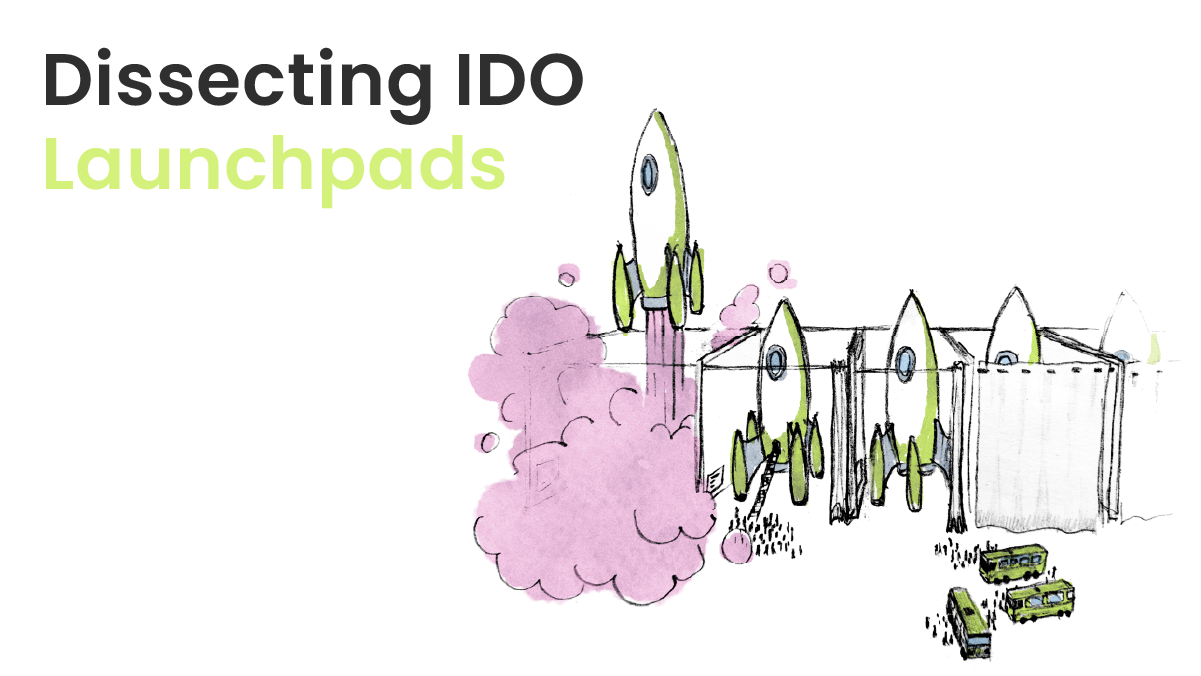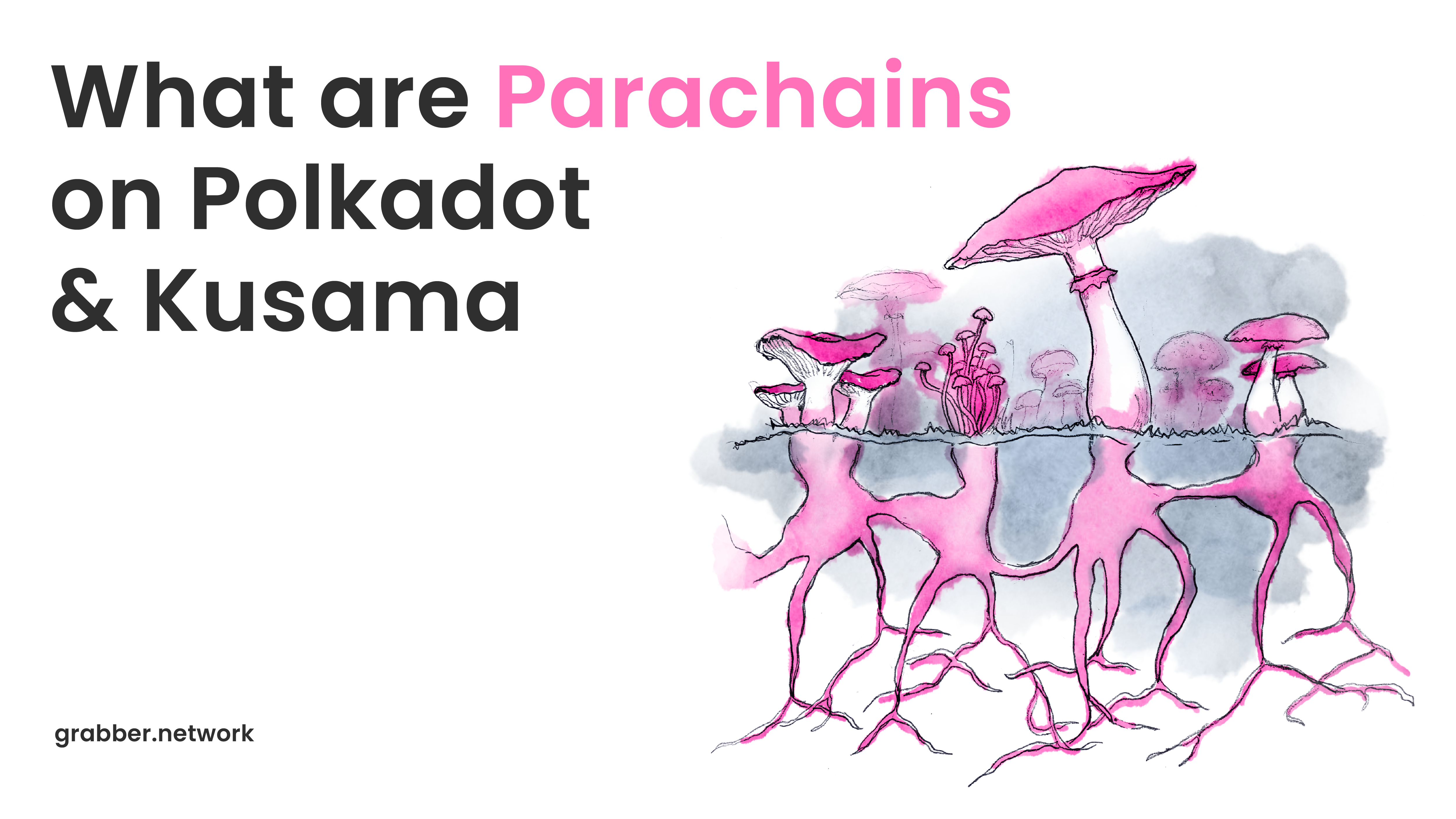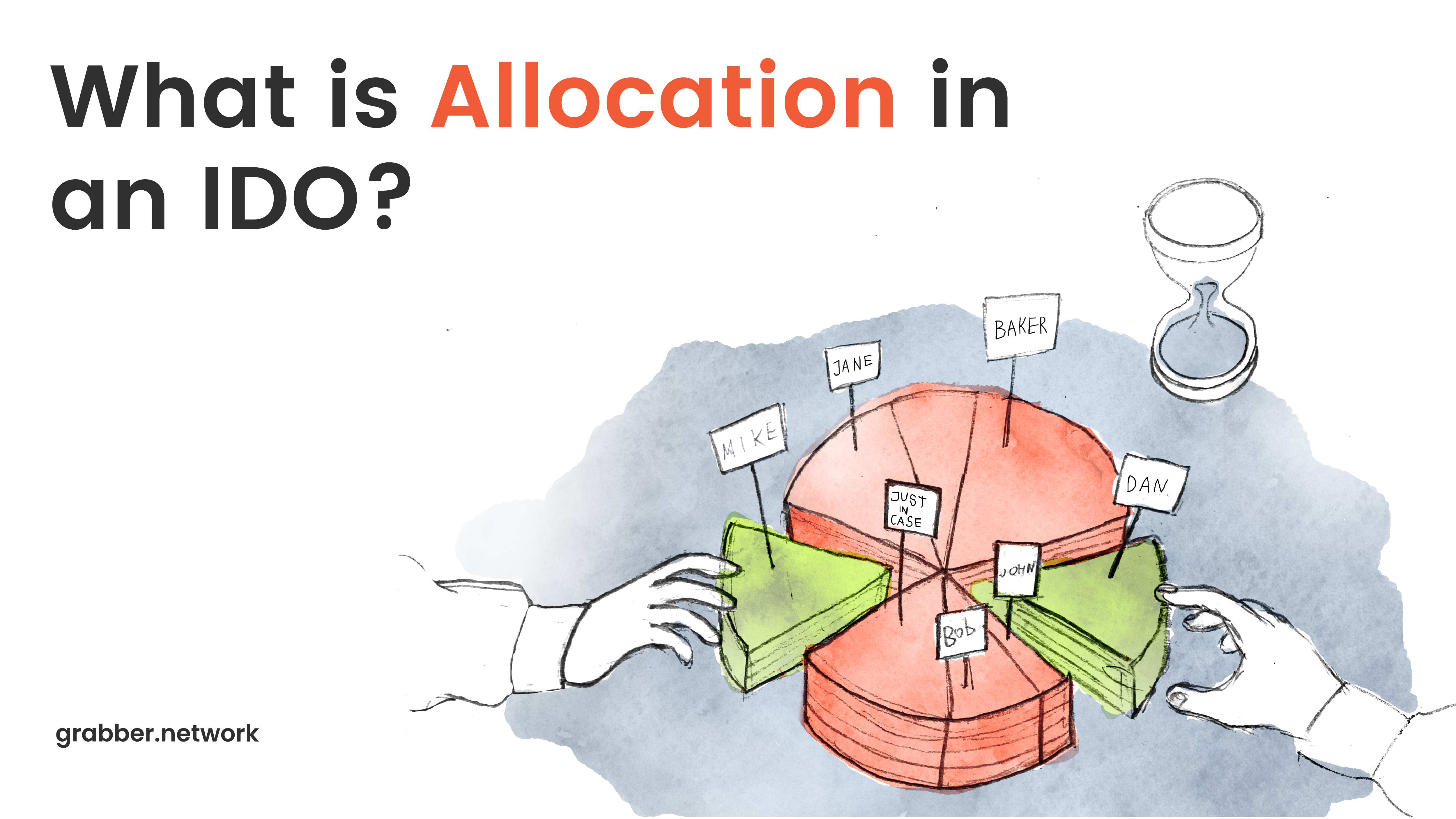What Are Crypto Tokens and What Is Their Role in the Blockchain?

Content
“Cryptocurrency” and “blockchain” have become almost household terms by this point. But even people who regularly trade on crypto exchanges and move assets between blockchains don’t always know what exactly tokens are, and what makes them different from coins. So what are tokens, how do they work, and how does a token differ from a regular cryptocurrency?
What Is a Crypto Token?
Simply put, a token is a digital certificate that is handed out by some crypto platform. What exactly will it do — depends on the platform providing it. For example, issued tokens can be used as a means of exchange, as payment for some service, or as a way to store some information.
Token creation and token exchange takes place on the blockchain — after all, this is the most convenient and advanced way to store data about the ownership of an asset. Blockchain works like a ledger, keeping records of tokens and confirming their transfer to another user. Access to tokens is possible through wallets or applications that interact with the chain.
How Crypto Tokens Work
Most of the tokens reside on the Ethereum blockchain. In order to easily interact with various DeFi services and dApps, they are built according to the ERC-20 standard (or ERC-721 in the case of NFTs). There are also tokens, for example, on Binance Smart Chain — built according to the BEP-20 standard. These standards are a set of rules that must be followed when developing a smart contract that is responsible for the parameters and emission of a new custom token.
Different tokens can be freely transferred and stored on wallets within the blockchain on which they are built. But tokens cannot actually be transferred between blockchains (with the exception of Polkadot parachains with their XCM standard). Even bridges built between blockchains only enable the transfer of the “wrapped” versions of those tokens, that are equal to the originals in value, but not in function, and only represent the original token.
With the launch of ERC-20, everyone now has the opportunity to release their digital asset on Ethereum — without the need to create and popularize their own chain. This is why ERC-20 is associated with the ICO boom in 2017. With the help of simple smart contracts, any developer had the opportunity to issue their own tokens and have them used by various DeFi platforms and exchanges. Another reason for the token boom is that they now can be conveniently stored in one wallet and freely transferred between accounts (of course, while paying the transaction fees in Ethereum). A user does not need to create various wallets for every token they own.
Examples of tokens that exist on the ERC-20:
- Maker (MKR)
- Tether (USDT)
- Aave (AAVE)
- Uniswap (UNI)
- Shiba Inu (SHIB)
- Chainlink (LINK)
- Axie Infinity (AXS)
- Wrapped Bitcoin (WBTC).
What Is the Purpose of Tokens?
Tokens can have some specific function — say, they can be used to pay for the services of the company that issues them. But they are also often used for investment purposes, similar to stocks or bonds, or as a medium of exchange for other tokens or currencies.
Most often, the use of a token is chosen by a specific crypto startup that issues it. But in any case, when the project develops and starts trading on crypto exchange, these tokens can be sold and bought there — since they are all built according to the standard that supports it. Most often, people exchange tokens for one of the cryptocurrencies — Bitcoin or Ethereum, or one of their altcoins.
How much a token costs is determined by the balance of supply and demand on the market. And they depend on the popularity of a DeFi startup, its monetary policy (tokenomics) and underlying crypto technology. There were cases when the price of tokens grew thousands or even tens of thousands of times.
What Is the Difference Between a Crypto Currency and a Crypto Token?The difference between a cryptocurrency and a token is simple. Cryptocurrencies have a specific blockchain built for them, while crypto tokens are created by companies, crypto platforms or dApps built on top of the existing blockchain.

Cryptocurrency management is purely decentralized. Simply put, a certain algorithm pre-installed in the blockchain is responsible for the functioning of the coins, and it cannot be regulated. For example, this algorithm can set the rules for mining coins, burning them, and staking them. But tokens, unlike cryptocurrencies, often are centralized. In this case, a single company, which is the creator of a token, is responsible for managing them, including setting up emission, burn rate, and sometimes even handling transactions. This makes tokens grow in price even more if the company is doing well, but also, similarly, they can drop to zero if marketing and technology are not up to par.
It is also important for investors to take into account that the price of tokens is influenced by a very wide range of factors, in addition to supply and demand. The company may start issuing additional tokens, linking them to other assets, or making other influential decisions. Meanwhile, the price of cryptocurrencies is fully regulated by the market, because it can know in advance all the mechanics related to them (from the way the blockchain is set up). Therefore, tokens are usually an even more volatile asset than cryptocurrencies.
Is Bitcoin a Token or a Coin?
Bitcoin is a coin, a cryptocurrency, because it has its own blockchain.
The same goes for Ethereum: since it has its own native blockchain where only ETH can be transferred, it is a coin. The rest of the services built on the Ethereum network, even Binance’s BNB and Coinbase’s USDC stablecoins, are just tokens. This also means that if you have an Ethereum-based wallet, all assets that use the Ethereum blockchain, such as ERC-20 tokens, are fully compatible with your wallet.
By the way, sometimes we are also asked what altcoins are. So, altcoins are all crypto currencies other than Bitcoin (and more recently also Ethereum). Altcoins are alternative coins that have their own blockchains but are less popular than the two “big dogs”. Still, they claim to have some advantages over BTC and ETH, such as reduced gas fees. These are such crypto currencies as Litecoin, Namecoin, Bitcoin Cash, Dogecoin and others. Note that some projects claim to be altcoins (like HEX), when in reality they are just tokens, without their own native blockchain.
What Are Some of the Different Types of Tokens That Reside on Blockchains?
There are a lot of different types of blockchain tokens, and new ones are constantly being invented. Let’s discuss some of them:
- Security (equity) tokens — in essence, these are shares or bonds of a crypto startup, and work in the same way as shares in a regular company. They give you ownership of some part of the project and the opportunity to receive dividends.
- Utility tokens work as a virtual currency within the crypto company, and allow people to use its services. For example, you can store data (like with Filecoin) or buy and sell toy pets (like Axie Infinity). These tokens have a unique and tangible use case and therefore have some intrinsic value.
- Governance tokens — rare tokens that are used to enable decision making by a decentralized community. For example, they can allow their owners to vote on how the crypto project should develop in the future, and what actions should it take. People vote with their tokens, and the result is calculated by smart contracts on the blockchain. Popular examples of governance tokens are COMP or MKR.
- Asset-backed tokens — tokens that have real and sufficiently liquid assets behind them. It could be oil, gold, stocks or goods/services of a company. The company issuing such tokens guarantees the use of the asset if necessary (i.e., for example, provides its service, or can trade tokens for gold). Stablecoins such as USDC and USDT, which are each backed by the US dollar at a ratio of 1 to 1, can be thought of as asset-backed tokens.
- LP tokens — tokens of a special DeFi services that offer token swaps. They are obtained by investors who have left some of their tokens in the liquidity pool of a project (thus allowing the service to grow and earn more from fees from users). They work like IOUs, showing that the platform is committed to returning back your “real” tokens when you trade your LP-tokens back. These LP tokens can also be traded, although not as many exchanges accept them.
- NFTs are unique, one-of-a-kind tokens — for example, they can have a specific serial number. This allows users to claim ownership of a particular token. All tokens and coins are interchangeable, except NFTs. At the same time, these tokens can also be transferred over the blockchain, which makes it possible to guarantee their authenticity. Blockchain is much safer than paper or electronic receipts that can be counterfeited or forged. Therefore NFTs can be a useful way to record information about the ownership of game items, digital (and real) art, movable and immovable property, etc.
Novice crypto users sometimes make the mistake of buying project tokens without understanding their type. Quite often a project can issue several types of tokens at once — governance tokens, utility tokens, security tokens, etc. Therefore, it is important to clearly understand what exactly you are dealing with.
These are just the very basics of tokens. You can read more about them and their types here — What Are Ethereum Tokens? What Types of Tokens Are There? Guide to Asset Types in DeFi.
You may be interested
Learn basics in our free Wiki section!




